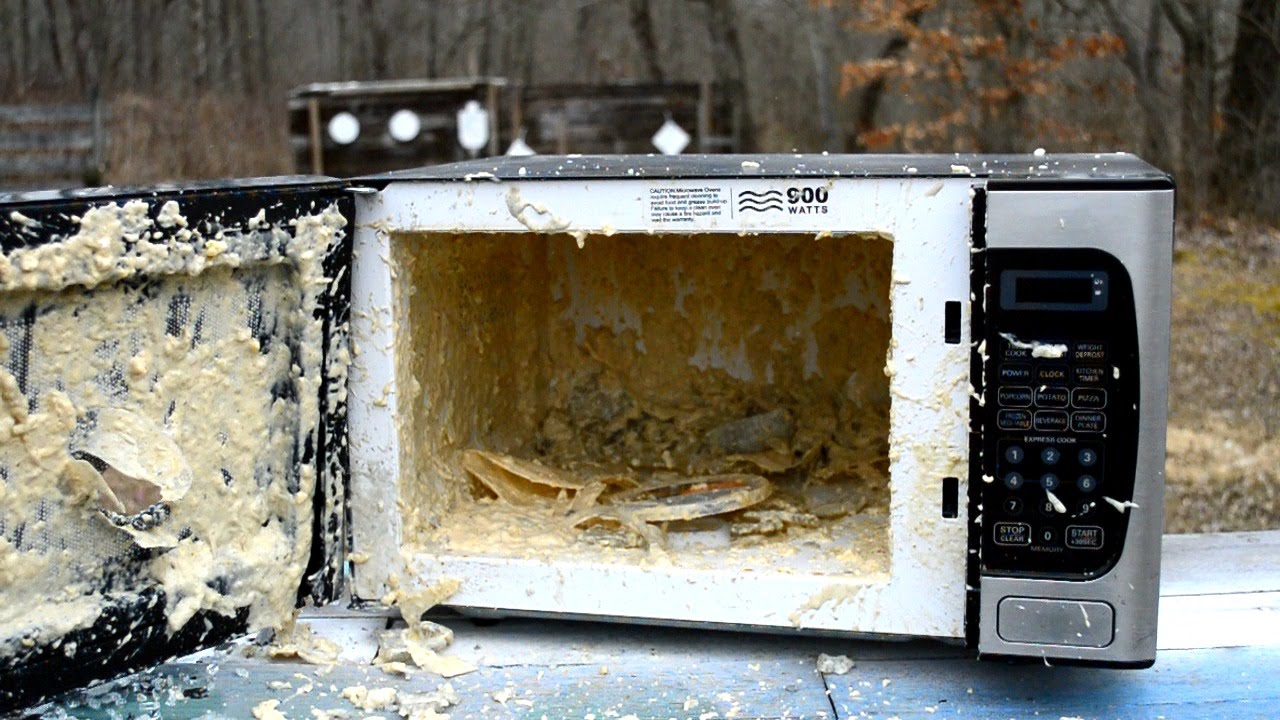As human development continues, sophisticated pipelines and treatment plants are being developed. There’s an immense pressure on scientists and researchers to develop technologies on the planet’s limited water supplies. The driving forces are made from three factors: water quality standards, the full discovery of the contaminants in the water, and the promulgation of new water quality standards. As well as, costs play an important role too. There’s no point in having an advanced technology if governments don’t have the necessary funds to implement them.
In the past 20 years, we have seen a dramatic change in the water industry’s approach to clean water. The funds are better used and reports are concluded differently. Thus, it was inevitable that new treatment technologies have been created.

How Technology Is Created
In order for it to be processed, it must be evaluated first. First, how much capital will be needed in order to invest in the technology, how easy is to create and control it, how efficient it is, and how low the waste product will be. In order for it to be implemented at a large scale, the technology must be accepted and demonstrated. After all, number speak for themselves. A typical sequence of events is as follows:
- Stage 1 – It has been successfully demonstrated in another field
- Stage 2 – It has been tested on a pilot-scale (1 to 50 GPM)
- Stage 3 – Demonstrated at a larger scale of >100 GPM
- Stage 4 – Multiple successful installations and operation at a full scale of 0.5 to 5 MGD
- Stage 5 – Implementation at municipal water treatment plants
Whilst these stages are processing, documents have to be approved as well. Thus, it’s essential that researchers have their regulatory approved and they reduce costs to enter the competitive market. Below is a list of the 3 most innovative water purification technologies.
Seawater Desalination
Although this is an emerging solution, it holds a lot of promises. Arguably, this is the most sustainable way as it extracts the water from the ocean and it makes it into the drinkable, clean, and crisp water. The process removes dissolved solids and other minerals from brackish groundwater. Membranes are used to remove the contaminants. This operates with Reverse Osmosis Technology. Below you will find some notable facts:
- In 2002 there have been over 12,500 desalination plants around the world in 120 countries
- It has been produced over 14 million cubic meters/day of freshwater
- The most consistent users of these plants are countries in the Middle East
What’s notable to mention is the fact that the United States is one of the most important users. In Texas, there are 46 desalination plants that convert brackish water to useable water for cities. In order to ensure that all contaminants are removed, we recommend that you purchase a water filter that will get rid of 99% of contaminants. Whilst this new innovative technology is promising, it doesn’t guarantee that it will remove bacteria and heavy metals. If you have a water filter that works in combination with the water given through the seawater desalination, you will be ensured a clean glass of water.
It’s important to understand that we are currently facing with a crisis regarding water and air pollution, increasingly thousands of people are at risk of death because of the contaminants entering the body. In order to live a balanced lifestyle, you must ensure that you are breathing clean air as well. Thus, we strongly recommend that you take care of yourself and those you love by considering an air purifier. This product will ensure that you won’t breathe in pet dander, dust, pollen, and other toxins that put your health at risk.
Waste-Water Treatment
Every day we waste a lot of water in many ways. We use too much in the kitchen and in the bathroom. All of that water then goes to waste. However, the United Nations Development Report has analyzed the economic and environmental benefits of this advanced technology. This new technology will transform the wastewater into a resource for energy generation and a source of drinking water. This means that it will take care of the environment whilst providing you with clean drinkable water. Below are some facts that are worthy of mention:
- Manufacturing is the greatest generator of wastewater among the main industrial sectors
- The volumes of industrial wastewater will double by 2025
- By 2020, the market for whole house water treatment technologies is predicted to grow by 50%
New applications of wastewater are still emerging, and as time passes, it is possible that this technology will close the water loop in industries such as Agriculture and Industrial. Until then, the other treatments must be used in coordination with this emerging technology.
Advanced Oxidation Technology
This process is made in near ambient temperature treatment based on a highly reactive radical. The main radical used is hydroxyl radical. The reason for this is because it’s one of the strongest oxidizing species with a redox potential of 2.8x. That’s almost double the redox potential of chlorine. As you may know, having highly chlorinated water is just as bad as having highly contaminated water. The laboratory testing has shown the following:
- The treatment is very effective at removing resistant organic compounds
- It mineralizes the organic contaminants in carbon dioxide
- It produces less harmful by-products
The most efficient use of them is the fact that it removes toxic and non-degradable materials such as aromatics, pesticides, petroleum constituents, and volatile organic compounds in the water. This means that it has the capability of removing toxins in the water completely.




